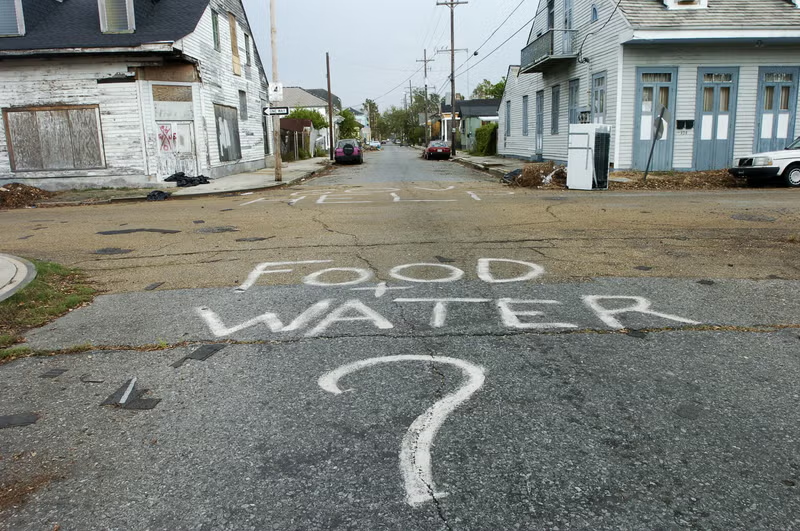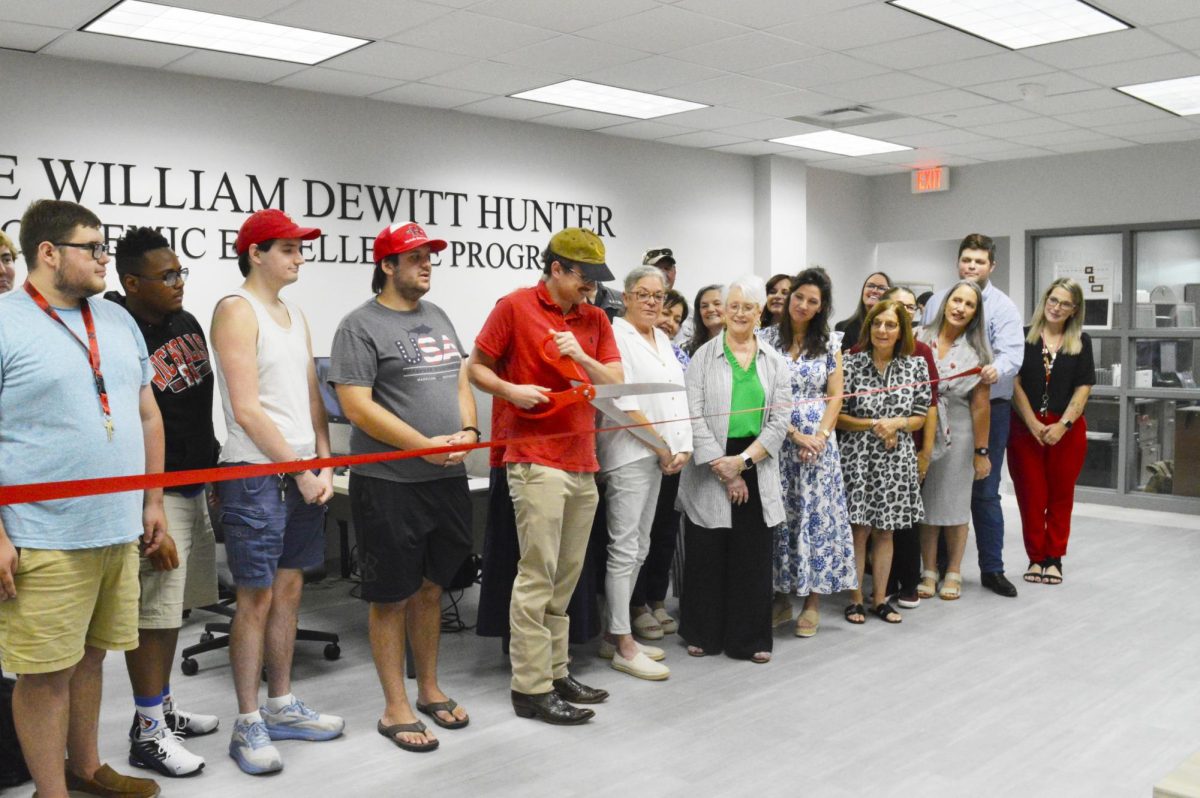The two recent hurricanes have affected homes, businesses and schools with noticeable damage and disrupted lives. But another victim is the wetland ecosystem of Louisiana. The Barataria-Terrebonne National Estuary Program is located at Nicholls in North Babington Hall.
The mission of the program is to preserve and restore the Barataria-Terrebonne estuarine system. This land spans 4.2 million acres between the Atchafalaya and Mississippi Rivers.
Kerry St. Pé is the program director of BTNEP. He shared some of the history of the program and some of the ways it is active in coastal restoration.
St. Pé discussed the impact from hurricanes Gustav and Ike and what they left behind for the Louisiana ecosystems.
“Gustav caused an area of about 40 miles of Bayou Lafourche to become anaerobic, it no longer has oxygen in the water,” St. Pé said. “And there’s 300,000 people who receive their water from Bayou Lafourche.”
The water’s condition is due to hurricane force winds, which stirred the water enough to dislodge the organic materials from the bottom that do not require oxygen.
The anaerobic bacteria then took over and turned the water black.
St. Pé also shared how BTNEP has been active since its start in aiding the ecosystem of Louisiana.
“This program has been around since 1991,” St. Pé said. “It’s done a whole lot from restoring a ridge in Fourchon to vegetative plantings by volunteers.”
The program has also produced educational videos, the most recent being, “Harvest to Restore,” which centered on the efforts to fortify Louisiana’s coastline.
“Gustav also caused power outages and failure of sewage pipes which caused a discharge into the water,” St. Pé said.
St. Pé shared some of the damage to the protective islands around Louisiana.
“Ike and Gustav did a lot of damage to the barrier islands,” St. Pé said. “Fourchon lost most of the sand on the beach. Chaland and Timbalier were restoration projects and will have to be repaired.”
The storm surges caused by the hurricanes caused problems for plant life as well.
“We have noticed remarkable increases in salinity in Lake Des Allemandes, an amount that can kill cypress trees,” St. Pé said. “It’s a place that usually has zero salt. It’s because the storm surge pushed upward from the gulf. We’re losing 16 to 17 square miles a year, and its not there to protect us anymore.”
St. Pé says if people are interested in coastal restoration and want to be an active part in helping to achieve a solution, there are several things they can do.
“They can write to their senators and congressmen and ask for them to support harvesting the sediment from the bottom of the rivers and begin to rebuild the coastal landscape now,” he said.
He stresses the urgency with this statement, “We have to use the sediment that’s available. We’re not going to restore Louisiana with water divergence.”
St. Pé also stresses that the problem of coastal restoration needs an immediate solution or there will continue to be consequences.
“Unless we start to rebuild landmasses with sediment, we’re going to continue to see new areas flood.







